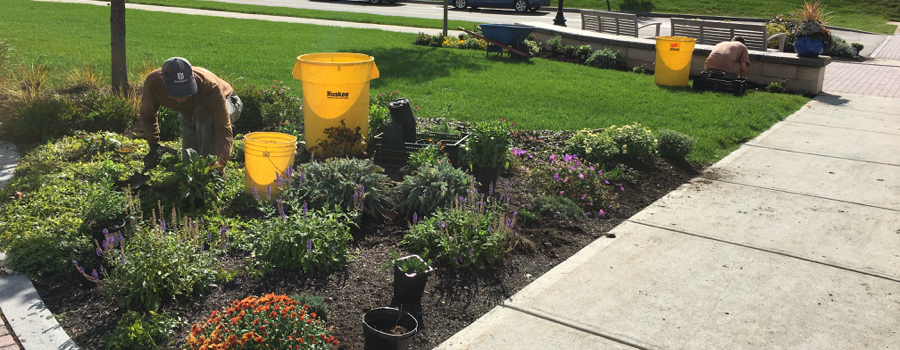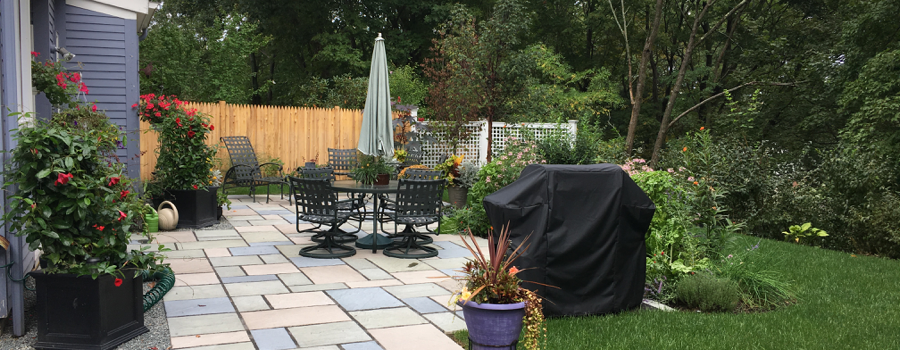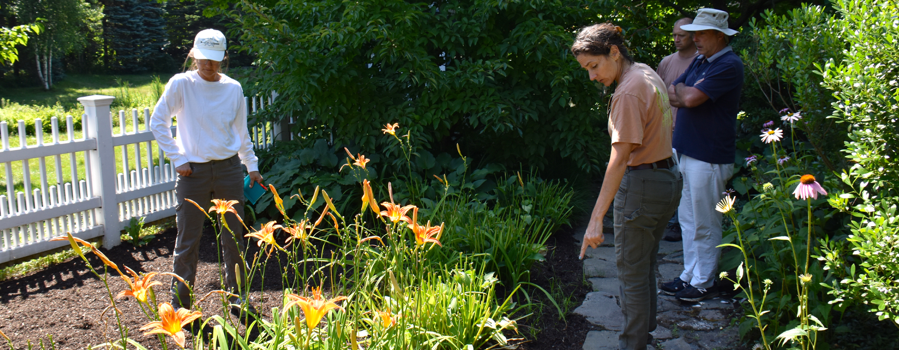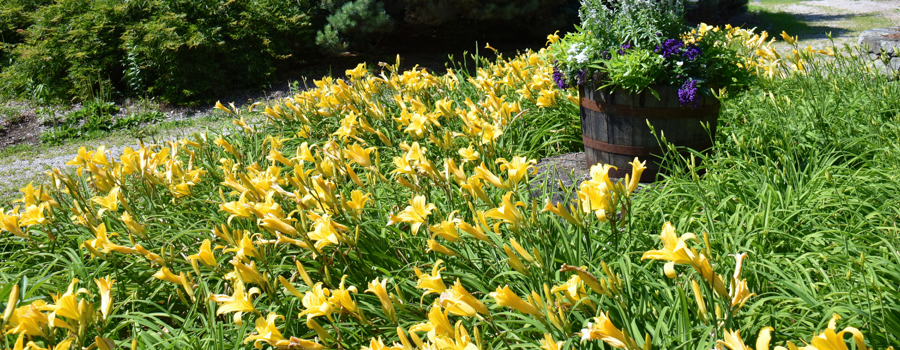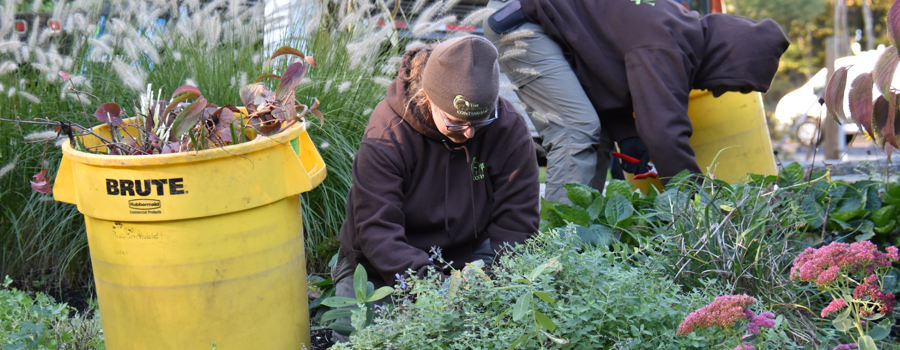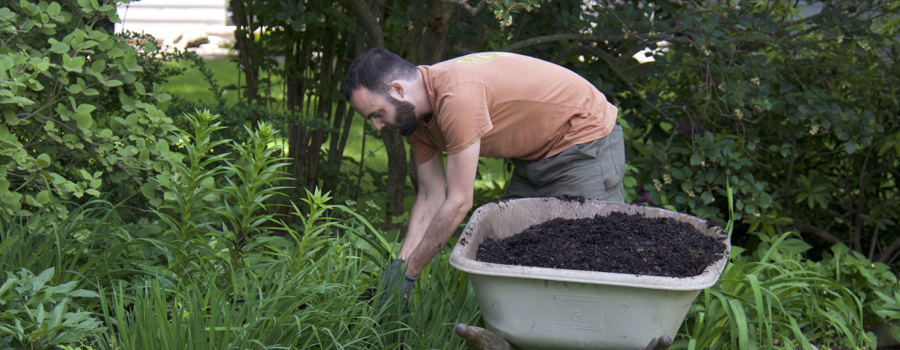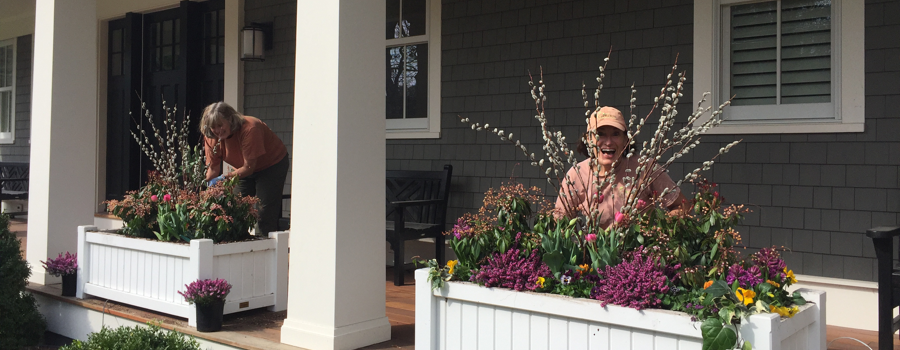First, it’s important to clear up any misconceptions about what Fine Gardening is. What it is NOT is casually wandering through a manicured Victorian landscape, snipping a lovely flower or two off an elegant heirloom rose bush and listening to the lazy drone of honey bees.
No, not that at all. Though we are aiming for those moments to occur!
Fine Gardening is all about achieving a fine-tuned equilibrium between what nature wants to do and what you’d like to achieve in your personal outdoor oasis.
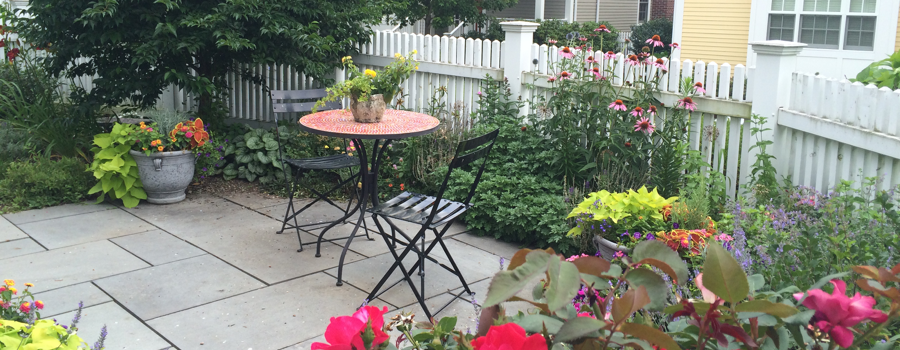
It’s the practice of managing the natural environment around your home so that it will be healthy and vibrant while also keeping your sights set on the aesthetic balance of form, texture, and color.
We all know that landscapes are made up of living things, but there is often confusion about how to manage them. And make no mistake about this, if you plan to live and play in the outdoors around your home, the space will need to be managed. The question is how it’s managed.
Conventional landscape care maintains a status quo, season to season and year to year. It keeps chaos at bay, which is good and needed, but it doesn’t do much more than that.
A conventional landscape tends to include lots of the basic features that can unintentionally become uninteresting.
Same old shrubs that need to be trimmed every year. Same old trees that need to be pruned, beds weeded, grass mowed. Variations on shades of green with maybe a little color thrown in here and there. The danger is the landscape becomes boring, boring, boring.
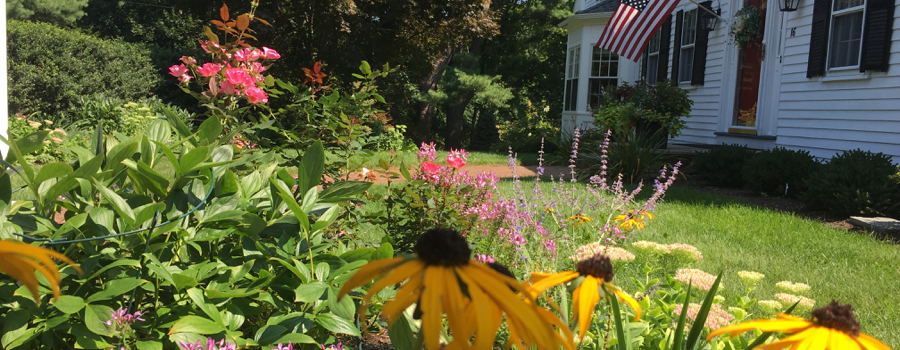
Conventional landscape care is reactive. Shrubs get shaggy and get trimmed. Grass grows and gets mowed. Weeds pop up and get pulled. Many homeowners make the mistake of thinking their landscape should be static, frozen in time. They strive – and struggle – to maintain a clipped, trimmed, constant appearance with scant regard for the life cycles of all the living elements that make up their landscaped environment.
As a result, much of the effort put into landscape maintenance is done in big, broad strokes – mowing, leaf cleanup, mechanical trimming, mulching, snow removal. Tasks designed to try to hold nature at bay and ensure that we can move about our properties safely and comfortably with a modicum of management. Again, I’m sure you can read the value in this work. Hopefully, you are also starting to see why, longterm, it can become less than satisfying to have this be the only outcome of the effort.
A Fine Gardener pays close attention to the horticultural needs of the landscape because they exist in a unique ecosystem that is ever-evolving over time and with the environment.
In truth, landscapes don’t take kindly to being frozen in time. They prefer to be “Life-Scapes” – dynamic, ever-changing environments in which the living elements respond to natural biological processes as they grow and mature. This is the foundation of Fine Gardening.
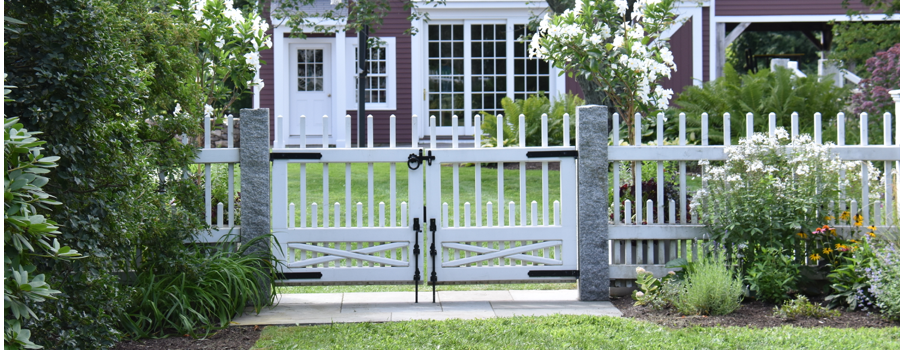
A Fine Gardener has the ability and desire to think ahead, responding and working with Nature – anticipating her – rather than reacting to her. The goal is to work in partnership with the natural elements in the landscape to help them evolve as a unified whole – a beautiful, sustainable, thriving, environment.
To accomplish this requires efforts more focused than most of the work put into conventional landscape maintenance. Think of precise moves: planting, pruning, deadheading, dividing, edging, transplanting, staking, and yes, even weeding. A healthy, natural ecosystem needs these precisely focused efforts to better manage the complexities of a designed space. To balance out the inequities and maintain a high level of performance to achieve optimal beauty and comfort.
A unique element of this practice is that Fine Gardeners, while deeply interested in the health and well-being of the plants and soils in their care, are also deeply interested in the look of the garden and the landscape as a whole. Fine Gardeners know, that how a place looks is tethered to how a place feels and how it is experienced. The three important gardening principles of order, health, and aesthetic together make up the foundation of a deeply pleasing and restorative space.
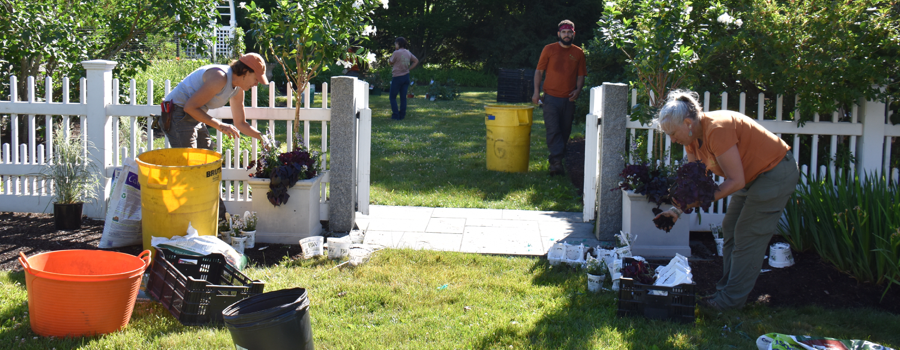


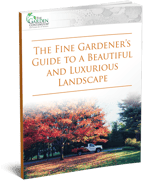 We hope you enjoy reading
We hope you enjoy reading



